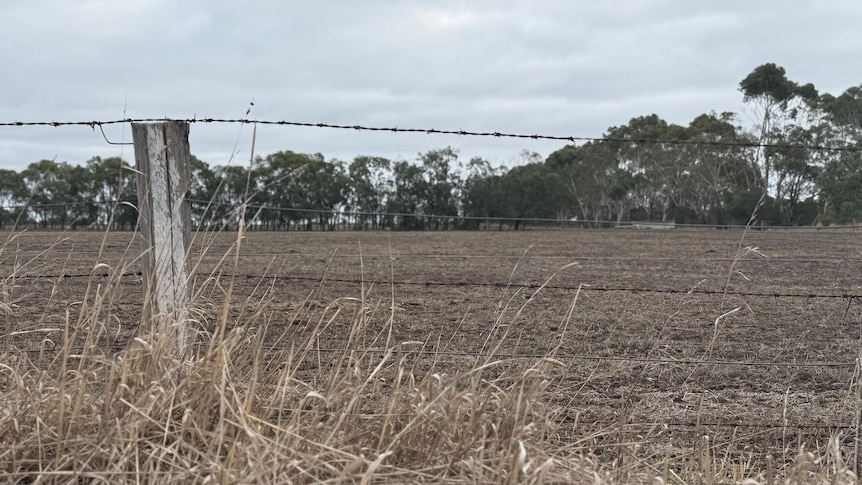Australia Weather News

Paddocks were dry in south-west Victoria in late May. (ABC Rural: Warwick Long)
The skies have opened and filled rain gauges in parts of Victoria, but the drought is far from over.
Climatologists say it will take long and consistent periods of above-average rainfall to end the dry stint.
For farmers, the metric is both complicated and simple — the drought ends when they are no longer buying huge amounts of feed because the grass is growing again, but getting that grass growing takes more than just rain.
Rain, rain, don't go away
For 15 months from February 2024, parts of south-west and western Victoria experienced their lowest rainfall on record since 1900.
During that time, the south-west Victorian centres of Hamilton, Mortlake and Warrnambool hit their monthly rainfall average a couple of times, but June was the first month to surpass it.
Warrnambool recorded 125.6 millimetres against a June average of 79.3mm, Hamilton had 87.4mm (June average 65.8mm) and Mortlake had 119mm (June average 54mm).
But the rain has not reached further north — Horsham had 35.8mm in June, against an average of 40.8mm, continuing this year's run of below-average monthly rain.
So while parts of the south-west are seeing water in their dams, some of the western district has not been so lucky.
'Livestock don't eat rainfall'
Victorian Farmers Federation president Brett Hosking said breaking a drought was not as simple as seeing good amounts in the rain gauge.
"I think that's one of the challenges we always face with drought compared to other natural disasters — with a fire you know when the fire has passed an area," Mr Hosking said.
"With a drought … the question every farmer out there will be asking is, 'Is that good rain the end of the drought or is that just in the middle of a drought?'
"It'll only be history that will tell us the answer for that unfortunately."
Mr Hosking said even if the state received record-breaking rainfall in the next week, the effects of drought were long-lasting.
"Livestock can't eat rainfall, they need plants to eat," he said.
Grass grows slower in winter due to colder temperatures and reduced sunlight.
This means it could be a while before the rainfall has an effect, Mr Hosking said.
"We still don't have an end to the drought situation because what we know is that it takes time for fodder to grow in a paddock," he said.
Rainfall predictions
Bureau of Meteorology climatologist Qian Zhou said soil moisture remained incredibly low in south-west Victoria despite above-average June rainfall.
"For regions with severe rainfall deficiency for longer than 12 months, a single rain event is not enough to end the meteorological drought conditions," she said.
"Sustained periods of above average rainfall are generally required to break the meteorological drought."
Ms Zhou said it was difficult to pinpoint exactly how much rainfall would be required, but soil moisture was often a good indicator as it promoted grass growth.
However, she said the long-term rainfall outlook was not good for south-west Victoria.
"The rainfall for the three-month period of July to September shows a slight increased chance of below-average rainfall for small parts of south-western Victoria," she said.
ABC